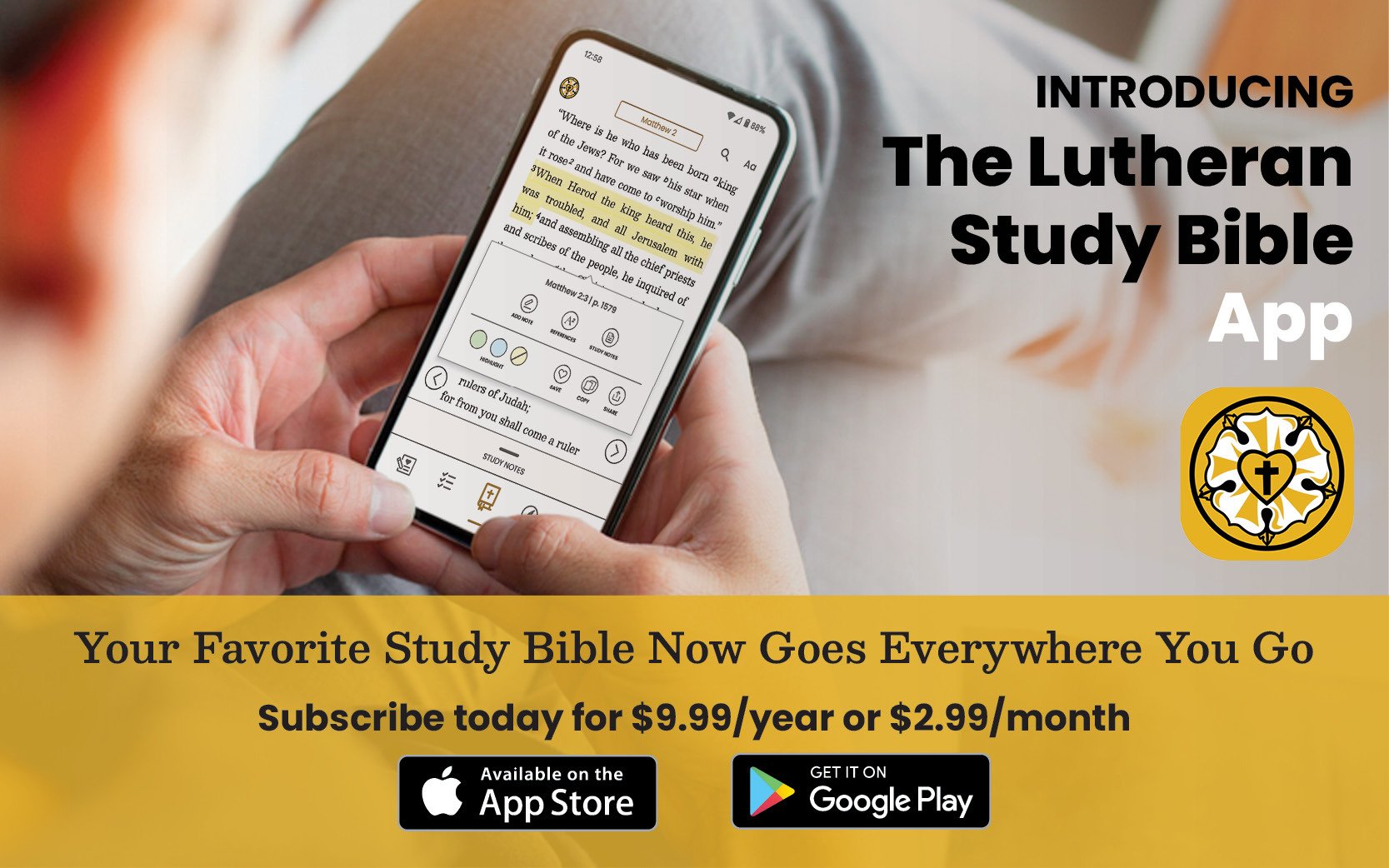God made everything we see. He made the land and the oceans and the stars in the sky. He made you. The Bible tells us that God made everything in the whole universe for the good of humanity—His special and beloved creation. One of the things God made is time. Time helps us make sense of, or order, God’s creation. Minutes and hours order our days. The days help us order our weeks and months. And the months give order to our years.
Because we are creatures of time—we are born one day, then we grow in months and years until we die—telling the time and knowing the order of things is important. We cannot understand our own lives or any event in human history without noting what happened when. We could never understand the story of the United States without knowing that the American Revolution came before the Civil War. We could never understand a story’s end without first knowing its beginning and middle.
The same is true with the church’s story—the story of God’s love for sinners in Jesus. This is the true story of just how much God loved the world: so much that He sent His Son, Jesus, into human history as a human being.
Preaching this Gospel, telling the true story of Jesus, is the church’s purpose. Because it has a story to tell, and because that story has a beginning and an end, the church uses the Church Year to tell the story of our salvation. The Christian Church Year helps the church tell the story of Jesus in time—that is, in order.
The Christian Church Year
Three main sections make up the Church Year: the Time of Christmas, the Time of Easter, and the Time of the Church.
Each of these main sections of the Church Year tells a part of the salvation story. In the Time of Christmas, we hear the beginning of the story of Jesus’ life on earth, how the Father sent His Son to be born of the virgin Mary in Nazareth. The Time of Easter tells us the story of what Jesus did for us: He died on the cross for our sins and rose again from the dead for our salvation. In the Time of the Church, we hear how the Spirit brings us into Jesus’ story: in the Word, which creates the faith that believes in Jesus as our Savior; in Baptism, which places us as members of the family of God, the church; and in the Lord’s Supper, which strengthens us with the Word that forgives our sins. This is the story of how God loves us and desires us to live in peace with Him. This is how God orders our days in His peace.
Each part of the Church Year has something new to offer, some new piece of the story to tell. The tools the church uses to tell us the story and draw us into the Divine Service are many: Scripture readings, specific colors, various prayers, songs, and customs. . . .
The Holy Trinity
Go therefore and make disciples of all nations, baptizing them in the name of the Father and of the Son and of the Holy Spirit. (Matthew 28:19)
On the Sunday after Pentecost, the church celebrates the Holy Trinity and teaches us to confess the mystery of who God is. We are baptized into the name of the only true God: the name “Father, Son, and Holy Spirit.” There is only one name, only one true God—but God is three persons. This is the great mystery of the Holy Trinity.
How We Worship on Trinity Sunday
On Trinity Sunday, we confess the triune God by reciting the Athanasian Creed.
At most Divine Services, we recite the Nicene Creed or the Apostles’ Creed. These creeds state what we believe about God as Father, Son, and Holy Spirit. The Athanasian Creed goes into great detail to confess the catholic [universal] faith: “[that we worship one God in Trinity and Trinity in Unity].”
This can be challenging to teach children, so it is helpful to simplify or illustrate phrases for their understanding. The Nicene Creed: Illustrated for Families does this by pairing individual phrases from the Creed with gorgeous full-page illustrations and simple summary statements.
Additionally, the beginning of the book offers articles “Why We Say the Creed” and “Its History and Significance” to offer some context for the Creed’s importance, making this a valuable children’s book for teaching the Nicene Creed to young learners.
A Time of Growth
Jesus told His disciples, “I am the vine; you are the branches. Whoever abides in Me and I in him, he it is that bears much fruit, for apart from Me you can do nothing” (John 15:5). We are grafted into Jesus and made a branch of the Vine by the power of the Spirit in Holy Baptism. We stay connected to Jesus, our Vine, by hearing the preaching of God’s Word and by receiving Absolution and the Lord’s Supper. This is how our life in Christ grows: by the power of the Spirit working in our hearts through Word and Sacrament.
The Sundays after Pentecost make up the longest portion of the Church Year. This is the Time of the Church—the time we focus on growing together in the life of the Holy Trinity.
How We Worship on the Sundays after Pentecost
During the Sundays after Pentecost, we decorate the church with the color green and focus on the teachings of the Lord for His Church. Green is the color for the season after Pentecost. Green is the color of growing plants and life. As growing plants need water and nourishment, so we can only grow by living in our Baptisms and receiving the Lord’s Word and Sacraments.
In this half of the year, the Time of the Church, we focus on the life of Christ in His church as He guides us to grow in “faith toward [God] and in fervent love toward one another.”
Tools for Teaching the General Season
Look to Enduring Grace: A Church Year Journal for Kids as another useful tool for learning about the Church Year. This Church Year journal for kids follows the lectionary series and includes: 
- Scripture references for every Sunday of the LSB Three-Year Lectionary
- Introductions to seasons and festivals
- Reflections on the readings
- Discussion prompts
- Illustrations to color
- Journaling and prayer space
 Another way to teach children about what they see and hear in worship throughout the year is utilizing the Follow and Do series, which teaches about the Six Chief Parts of Christian doctrine as outlined by Luther’s Small Catechism (The Ten Commandments, The Apostles’ Creed, The Lord’s Prayer, Holy Baptism, Confession, and the Lord’s Supper) presented in simple summary statements and illustrations.
Another way to teach children about what they see and hear in worship throughout the year is utilizing the Follow and Do series, which teaches about the Six Chief Parts of Christian doctrine as outlined by Luther’s Small Catechism (The Ten Commandments, The Apostles’ Creed, The Lord’s Prayer, Holy Baptism, Confession, and the Lord’s Supper) presented in simple summary statements and illustrations.
Sections of the blog post are adapted from pages 4–6, 39, and 41 in Ordering Our Days in His Peace: An Introduction to the Christian Church Year © 2009 Concordia Publishing House. All rights reserved.
 Teach your students big theological concepts from the Nicene Creed through simple summary statements and images with The Nicene Creed: Illustrated for Families.
Teach your students big theological concepts from the Nicene Creed through simple summary statements and images with The Nicene Creed: Illustrated for Families.















